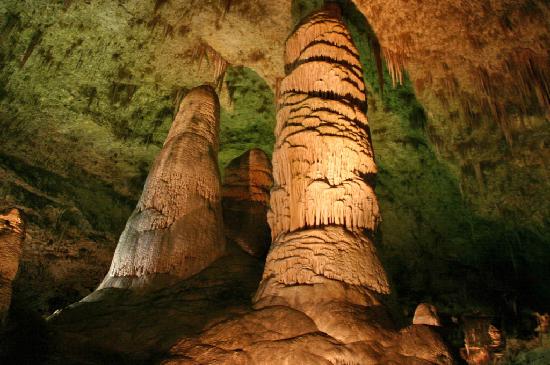While considering outdoor locations to explore for my final passion blog post of the semester, my friend suggested that I write about The Hawk Mountain Sanctuary located in Eastern Pennsylvania. A favorite spot for my friend and her family, Hawk Mountain is neither a national nor state park. Instead, it is a privately owned area deeded to the Hawk Mountain Sanctuary Association by Mrs. Rosalie Edge in 1938. The 1,400 acre sanctuary is maintained by memberships and small visitor fees.
Hawk Mountain is most notably known as the world’s first raptor center. Because of its southerly location along the Kittatinny Ridge at the Eastern edge of the Appalachian Mountains, Hawk Mountain is an ideal location for raptors to reside during the colder months. Raptors include any species of bird that preys upon smaller animals. Birds such as the Bald Eagle, the Golden Eagle, and the American Kestrel can be found gliding about the valleys of Hawk Mountain. Daily bird counts are recorded on the Hawk Mountain Sanctuary website.
The views from Hawk Mountain, I was informed, are phenomenal. Indeed, photographic evidence supports this claim.
The hiking at Hawk Mountain is variable, but feasible for most. Once atop the mountain, the lookouts are easily accessible. Different types of hiking, including flat-lying, forest, and bouldered terrain make for fun and interesting hiking trails. Though mountain hiking can be difficult, the vistas at the top of the Hawk Mountain make the challenge worth the hike.
The Acopian Center is the educational hub of Hawk Mountain. The center houses labs for scientists and researchers in the fields of ornithology and conservation. Additionally, Hawk Mountain accommodates the largest library of raptor literature in the world. A variety of educational programs are offered at Hawk Mountain, including lecture series, guided bird counts, and movie showings.
My friend would agree that Hawk Mountain is a great location for getting outside and enjoying the fresh air. Focused on conservation and education, the sanctuary is a place for exploring the science and beauty of the natural world. Indeed, Hawk Mountain serves as a haven for both birds and visitors alike.


























